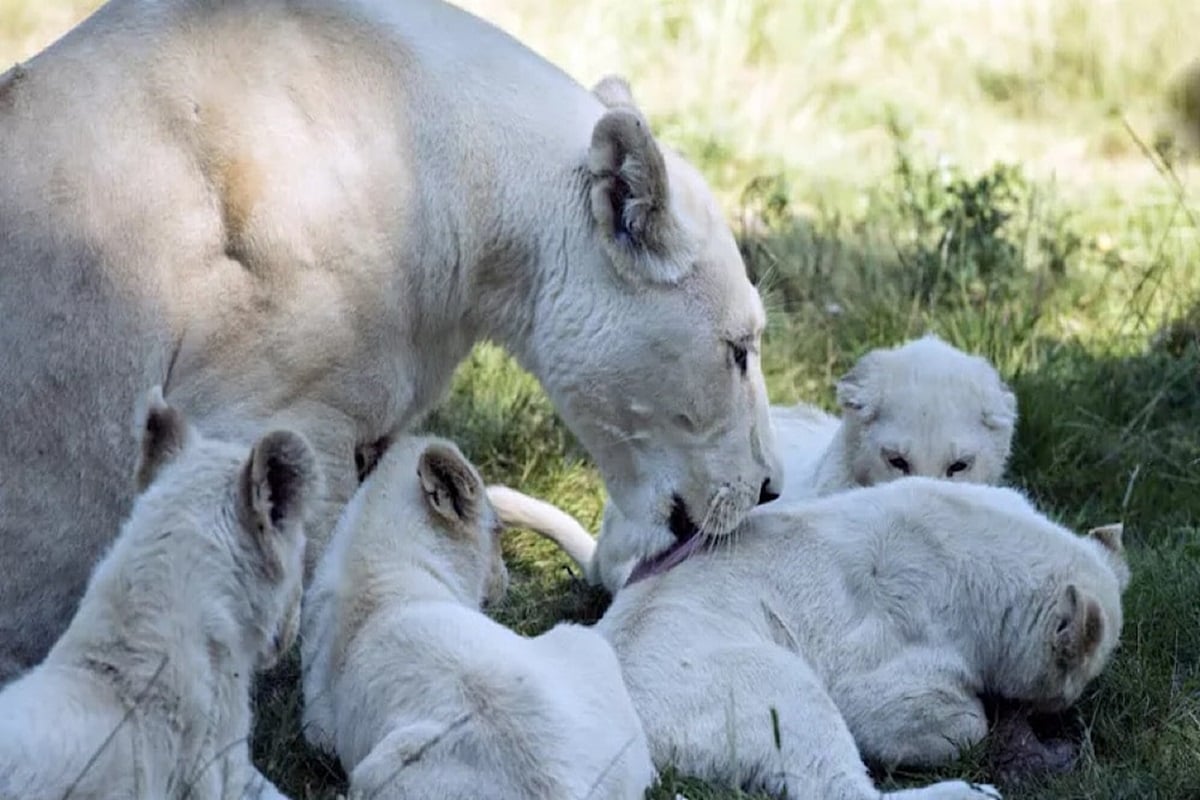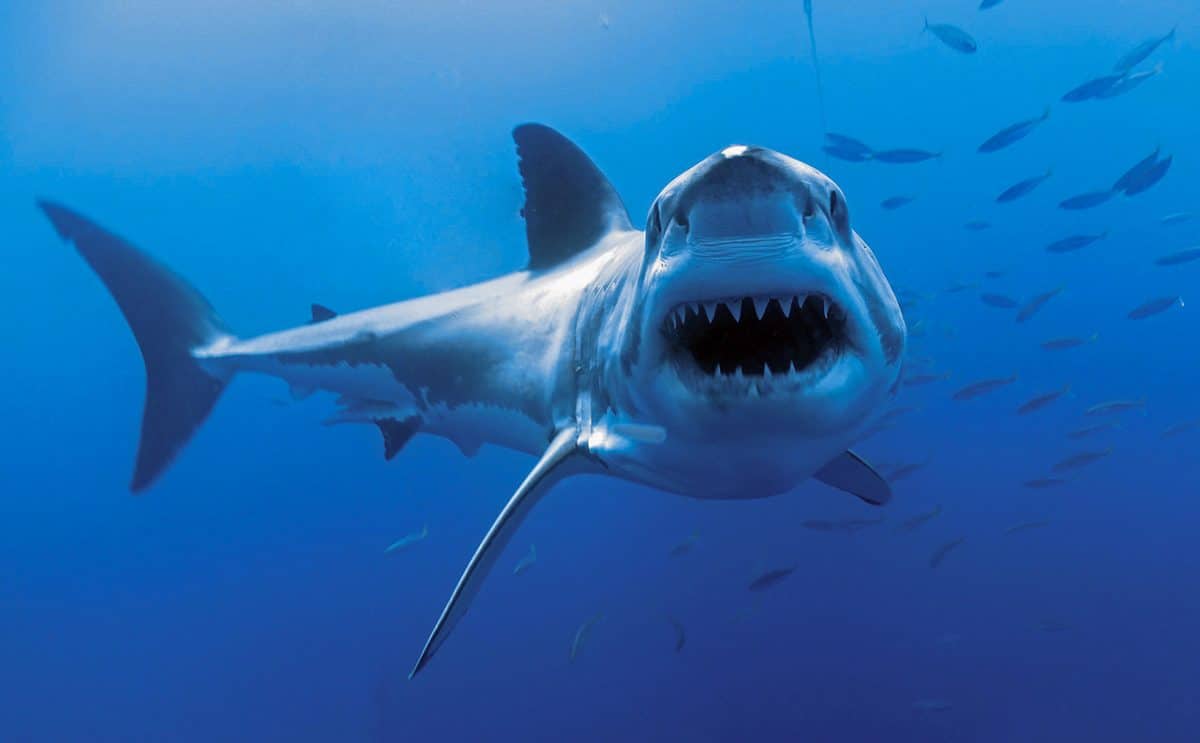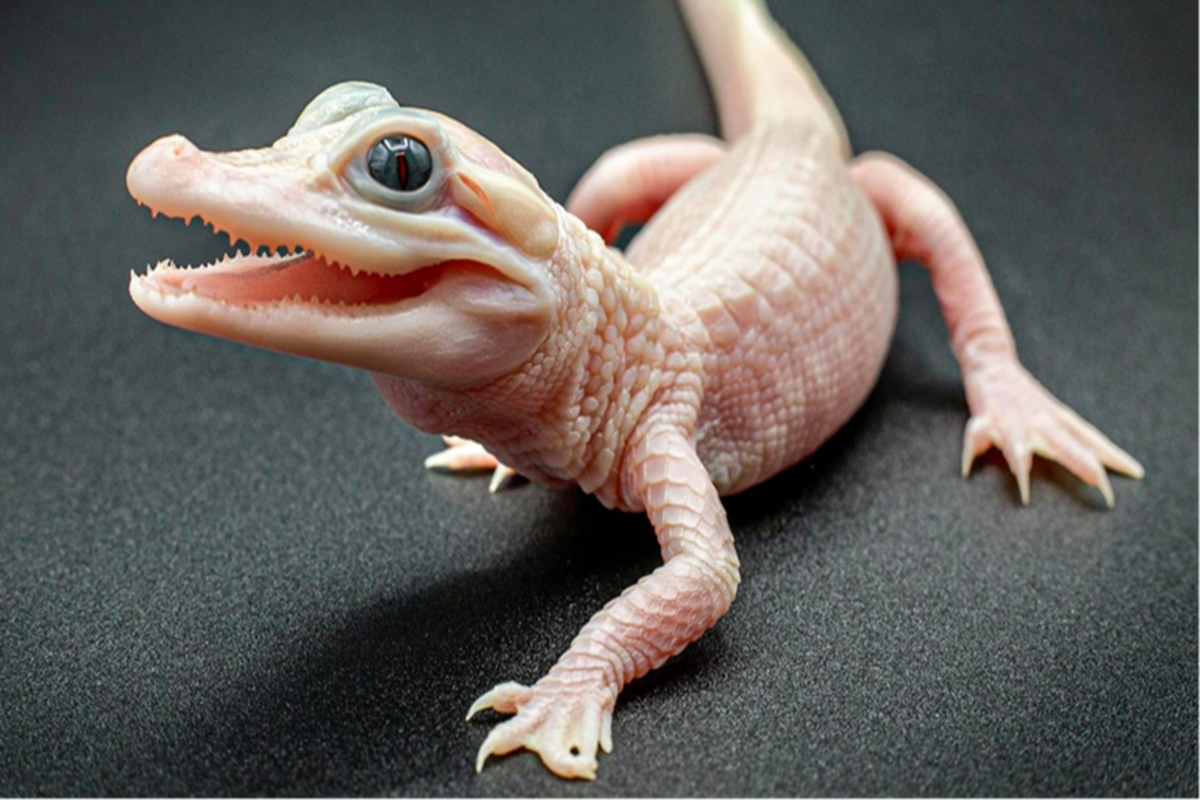A recent sighting of six rare white lions at a zoo in Pakistan has drawn significant attention from visitors and animal enthusiasts alike. Born just a few months ago, these majestic creatures have already become the main attraction at the zoo, captivating the hearts of those who have seen them.

Parents’ Origin
The mother and father of these six white lions are Africans brought from Africa to the Pakistani zoo. The parents’ origin is significant, as it highlights the genetic diversity of these rare animals. The fact that they were brought from Africa underscores the global efforts to conserve and protect these magnificent creatures.
Unique Characteristics
The six white lions are all male, with a birth weight of only one kilogram. Under the care of the zoo authorities, their weight now stands at 12 kg. This significant increase in weight is a testament to the excellent care they have received.
Special Care and Feeding
The lion cubs were kept under close observation for three months, receiving special care and feeding. Initially, they were fed their mother’s milk, but now they are being given chicken and beef. This transition to a meat-based diet is crucial for their development and growth.
Conservation Efforts
The zoo authorities are committed to ensuring that these rare white lions are raised in a natural environment. They are working to create a habitat that mimics their natural surroundings, providing them with the best possible conditions for growth and development.
Public Engagement
The zoo authorities have started a campaign on Facebook, encouraging visitors to suggest names for the lion cubs. This interactive approach not only engages the public but also raises awareness about the importance of conservation efforts.
Rare in Nature
White lions are extremely rare in nature, with a lifespan of only 18 years. They reach maturity at the age of three to four years, making them a precious and valuable part of the animal kingdom. The zoo authorities are committed to ensuring that these rare white lions are protected and conserved for future generations.



